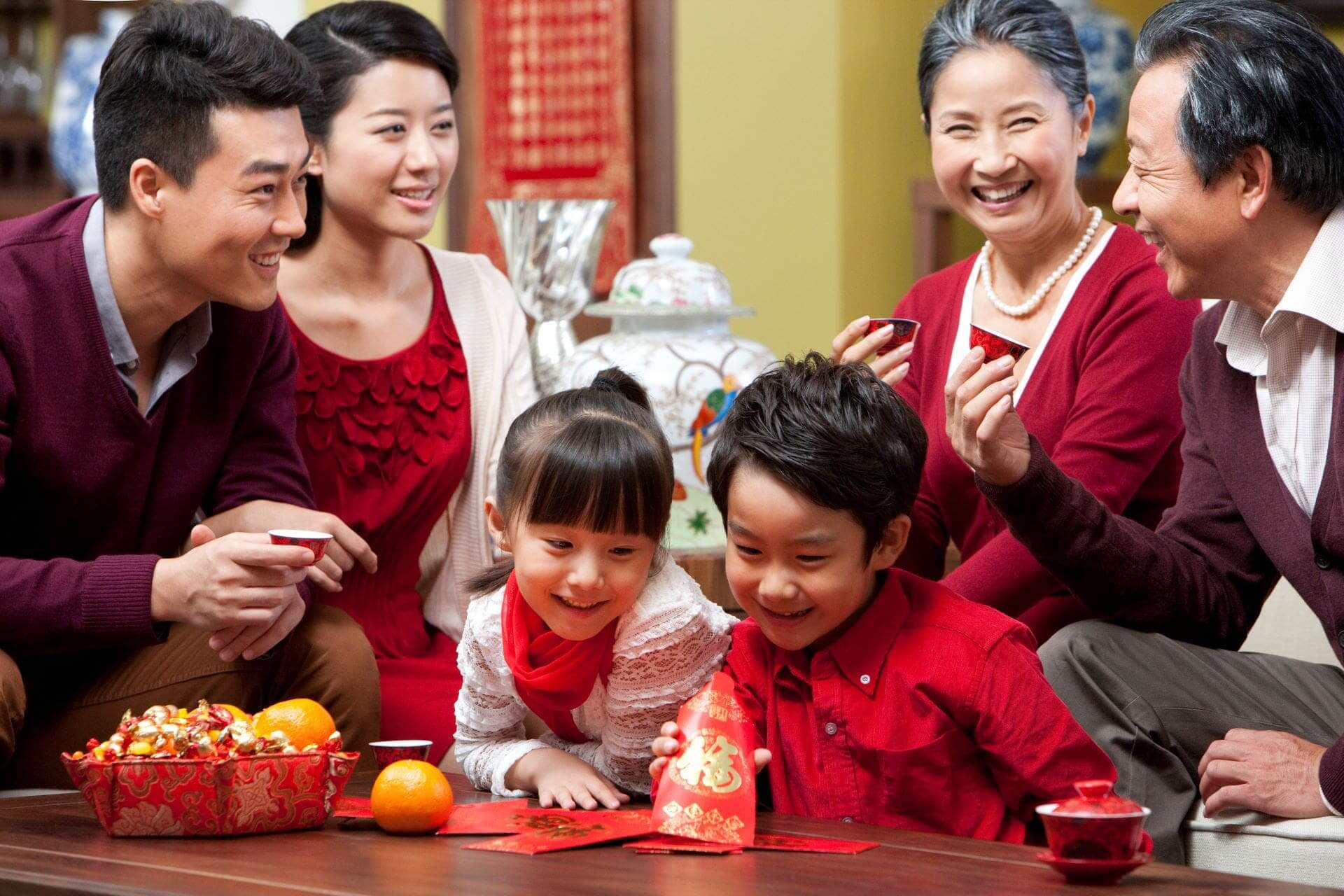On February of this year, another anticipated festive celebration will take place! The country is one with its Chinese brothers in celebrating one of the most important celebrations of the year in Chinese culture – the Chinese New Year 2024. It is considered the beginning of a new year in the lunisolar Chinese calendar. However, for the Chinese, the festival is known as the Spring Festival.
February 7, 2024 marks the beginning of the Chinese New Year celebration since this special day happens to be celebrated in multiple days and not just on one day as shown in the Gregorian calendar. It typically begins with the first new moon that happens between the end of January and goes on for the first 15 days of the first month of the lunar calendar until the full moon arrives. It does not happen on the same date every year but it normally falls anytime between January 21 to February 20.
Chinese New Year and Lunar New Year are related but not the same. Chinese New Year is specific since it refers to the actual event that celebrates the Chinese traditions and cultures. On the other hand, the Lunar New Year is a general term referring to all celebrations that symbolizes the new year based on the lunar calendar.
What is the Lunar New Year?
A closer look in the Chinese astrology allows everyone to see that each zodiac sign is represented by 12 zodiac animals that happens to be a repeating 12-year cycle of animal signs and their attributes based on the lunar calendar. In order, the 12 zodiac animals are rat, ox, tiger, rabbit, dragon, snake, horse, goat or sheep, monkey, rooster, dog and pig. They are included in the cycle of 12 stations or “signs” along the path of the sun through the cosmos. Moreover, there are also 5 elements represented in the traditional lunar calendar . They are earth, water, fire, wood and metal. A zodiac animal that corresponds to an element represents every year. The lunar new year marks the transition from one animal to the next.
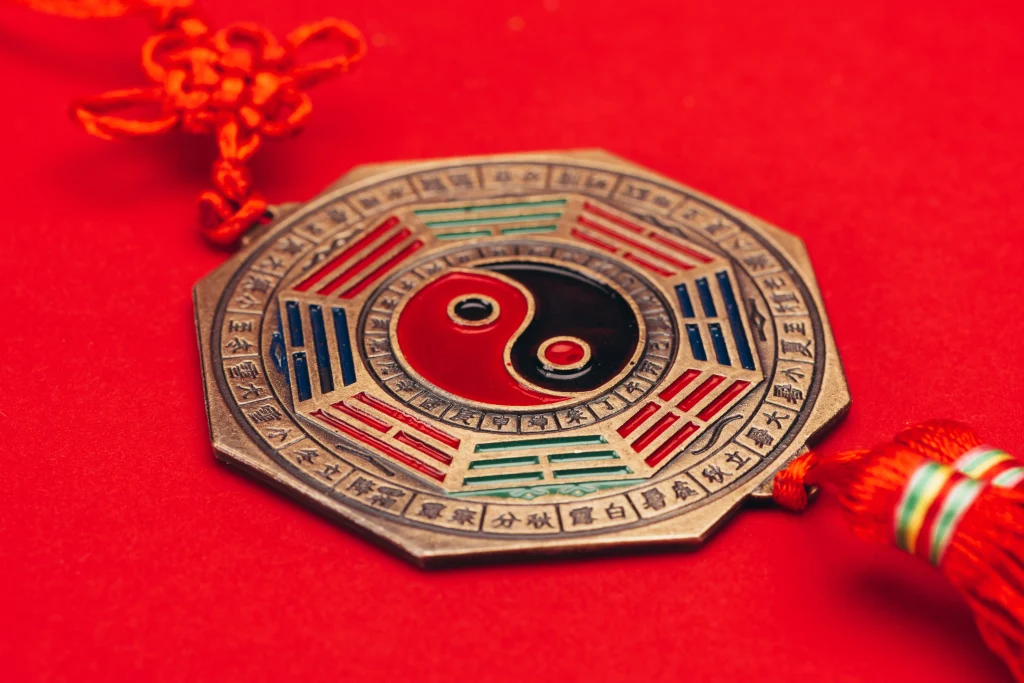
2024 Chinese Zodiac Animal: Wood Dragon
February 7, 2024 is the transition from Water Rabbit to Wood Dragon. It is the start of the Year of the Wood Dragon. It is interesting to know that the Year of the Wood Dragon is surprisingly few and far between as it only comes once in 60 years. This Lunar New Year is considered to be an extraordinary year to be born into. The Year of the Wood Dragon is believed to have a unique synergy that happens when the wood element is combined with the powerful sign of the dragon. The wood element is associated with balance and people who are born into the wood element has an innate ability to unite people. Wood years emphasize on growth, development and harmony. Wood Dragon 2024 can be expected to be a year focusing on growth, adaptability, as well as creativity.
Chinese New Year Traditions and Celebrations
Alongside the festivities, there are traditions observed by the Chinese to start the lunar year that they believe to attract good luck and prosperity.
- Cleaning the House. In China and other Chinese cultures, the practice of undergoing thorough cleaning of their houses before the Spring Festival is strictly observed. This act symbolizes sweeping away the bad luck from the preceding year and preparing the house to receive good luck in the coming year. It is also believed to be an act to drive off spirits the would block off success in the upcoming year. Cleaning is meant to open up one’s house to good will and good luck. However, sweeping the floor, dumping out of garbage as well throwing out of water outside the house is not allowed during the day of the new year. These acts are believed as a sign of throwing out wealth in the upcoming year.
- Putting up of Red-Colored Decors. Red color remains to be the main color of the Chinese New Year. The color red symbolizes prosperity and energy that drives away evil spirits and negativity. Others put up red paper and banners.
- Lighting of Candles or Oil Lamps. The practice of keeping vigil all night with lighted candles or oil lamps done on New Year’s eve is believed to drive evil plagues and anticipate the good luck that the new year will bring.
- Honoring the Dead. The Chinese give reverence to their departed ancestors. This is part of the Lunar New Year tradition where many visit the graves of their loved ones the day before Chinese New Year’s day. They burn incense and offer sacrifices in the form of a variety of food prior to having their own reunion dinner as if to say that the ancestors eat first before they do. In addition to this, they add an extra glass on the dinner table during the reunion dinner for their departed loved ones.
- Having a Reunion Dinner with the Family on the eve of Lunar New Year. Family members see to it that they are home to share the new year’s eve dinner with the family. This reunion dinner where family members gather and sit around a big table to enjoy a variety of delectable dishes and drinks is referred to as “Nian Ye Fan” in Chinese. It is a must that they are able to celebrate the feast with their loved ones. The reunion dinner is one of the most important time spent with each other. The highlight of the reunion dinner is having a stronger family bond over good food. A Dasmariñas, Cavite lot for sale is a good location for a house where reunion dinner could be spent.
- Giving of Red Envelopes or Packets. The red envelopes, called “Hong Bao”, containing good luck money better known as “Ya Sui Qian” are distributed to children and retired members of the family.
- Having a thorough bath. Cleaning is not only done with their places of residence but with their own bodies as well. Everyone sees to it that they are all washed up and thoroughly cleaned to wash away the bad luck of the previous year. To prepare for the coming of the new year, everyone dresses up with new clothes and new shoes before the festivities start.
- Setting off of Firecrackers and Fireworks. At the stroke of midnight, firecrackers and fireworks are lit up creating a lot of noise. The noise created by the firecrackers and fireworks is believed to drive away bad spirits as well as bad luck as a new year is being welcomed.
- Lion dances and Dragon dances. These dances were being performed to bring prosperity and good luck for the new year. They could be widely seen in China as well as in Chinatowns in a number of Western countries. Even in the Philippines, particularly in Binondo, where many Filipino-Chinese may be found, there are a lot of lion and dragon dances all over during the new year celebration. Anyone who witness these dances are considered lucky through out the year.
How New Year is Spoken in Different Languages
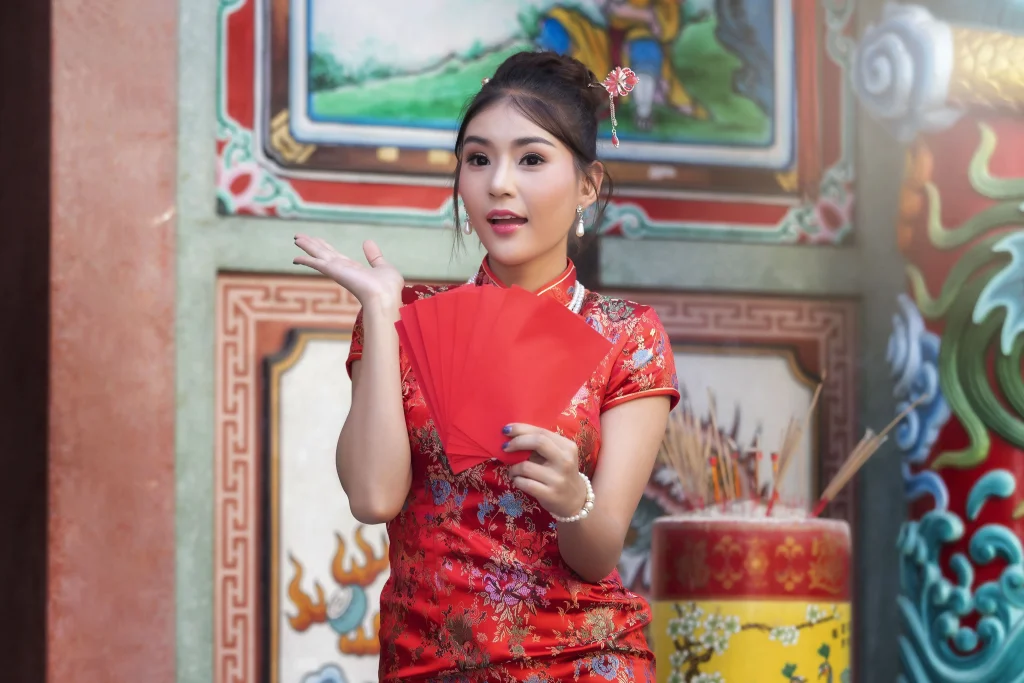
There is a difference in how the Chinese New Year greeting is uttered. In Mandarin, it is either “Xinnian Kuaile” translated as “Happy New Year” or “Xīnnián hǎo,” meaning “New Year Goodness” or “Good New Year. However, in Cantonese, “Gong Hey Fat Choi” which translates to “Wishing you a prosperous new year,” is fondly used in Hong Kong and Guangdong. Moreover, either “Chúc Mừng Năm Mới”, translated to “Happy New Year” or “Cung Chúc Tân Xuân” translated as “Gracious wishes of the new spring,” is traditionally spoken in Vietnam. South Koreans say “Saehae bok mani badeuseyo” which is “May you receive lots of luck in the new year,” in English while North Koreans say “Saehaereul chuckhahabnida”translated to “Congratulations on the new year.” is the traditional new year greeting.
Lunar New Year Foods and Traditions
One may wonder what food are being served during the reunion dinner. Since the New Year banquet is one of the most important dinner for the entire year where the family is gathered, the Chinese see to it that only the finest food and drinks are served during the meal. Regardless of how life had been in the past year, everyone aims to serve only the best dishes for the reunion dinner. However, China being a big country, the food vary in every region. For example, in many parts of Northern China, the favorite dish to serve is the “Jiaozi” or dumplings. It has many flavors and may have either meat, seafood or vegetables as filling. While in Southern China, particularly in the coastal provinces, they serve a great deal of a variety and colorful dishes. However, the traditional Chinese dishes being served, regardless of the place, are symbolic and meaningful.
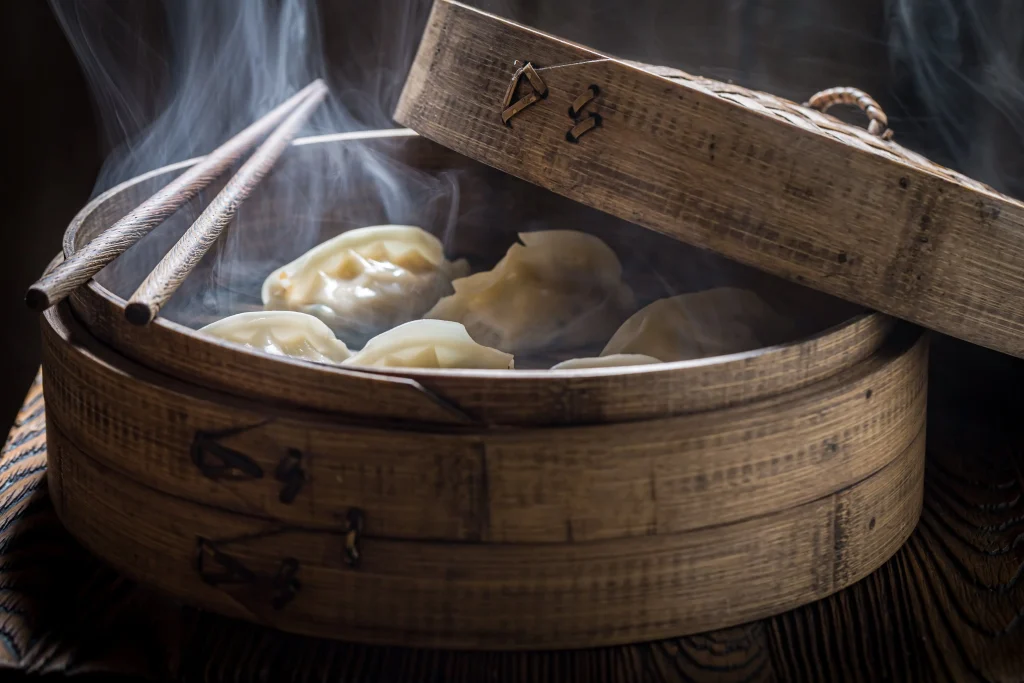
- Fish. A fish dish is served during the banquet as it means plenty of wealth every year. It symbolizes abundance.
- Dumplings. They are commonly shared in the reunion dinner as they symbolize prosperity and they are considered as signs of family units.
- Glutinous Rice Cake. They are commonly referred to as “Niángāo” and symbolizes higher income or position.
Chinese New Year Taboos
The Chinese New Year traditions focus on bringing in good luck, good fortune, and prosperity. There are some day-to-day activities that the Chinese believe to bring the opposite and are banned during Chinese New Year celebration. Here are some of the superstitions the Chinese avoid on Chinese New Year’s day and all through out the Spring Festival:
- Eating porridge. This food represents poverty for many Chinese and should be avoided at all cost on new year’s day.
- Hair washing. The normal activity of washing one’s hair should not be done on new year’s day as this is believed to wash away good luck.
- Sewing. This task or any needle work for that matter must not be done on new year’s day since it is believed to deplete wealth.
- Clothes washing. Washing of clothes is another chore to be avoided on new year’s day since it is also related to washing away of good luck.
- Sweeping. Another chore avoided on new year’s day is sweeping the floor since it is believed to be an action to sweep away wealth.
- Saying unlucky words. Everyone is encouraged to consciously avoid words with negative meaning during Chinese new year’s day and the whole duration of the Spring Festival. Examples are: breaking, running out, death, ghost, killing, sickness, pain, losing, and poverty.
- Breaking of objects. Breaking something on new year’s day symbolizes being apart from one’s family. Hence, this should be avoided from happening.
- Taking of medicine or going to the hospital. Taking medications or going to the hospital to see a doctor during the Spring Festival are associated with sickness through out the year and difficulty of recovering from a disease. Hence, they are not advisable unless one is truly ill.
- Crying. Children’s cries are associated with disease and misfortune. To avoid this from happening, scolding children are not encouraged even if they misbehave or have tantrums during Spring Festival.
- Lending and Borrowing. The act of lending money is considered as an unlucky omen. It symbolizes economical loss. Consequently, borrowing money is also discouraged as this is considered offensive to the person one is borrowing from. Moreover, it is not also the time to ask for payments from debts owed.
- Married daughter returning home. In Chinese culture, once a woman gets married and lives apart with her husband’s parents, she is already considered an outsider in her family. It is unlucky, therefore, for a married woman to go home to her family on the first day of the new year. This is believed to cause poverty to her parents and may be extended to her brothers who live with the parents. This is for the reason that sons are allowed to stay with the parents even after they get married.
Chinese New Year Celebrations in the Philippines
Taking a peek on the history between China and the Philippines, it could be discovered that early dealings of Filipinos with Chinese traders began even before Spanish colonization. This went on even during Spanish occupation. However, when the Spaniards came, Binondo in Manila became the center of commerce. This is considered as the oldest Chinatown as it was established in 1594. Binondo became the center of Chinese New Year festivities ever since. Chinese and Filipino-Chinese who resides in the Philippines lead the Chinese New Year celebrations. These are the traditions being observed in the Philippines in relation to the Chinese New Year.
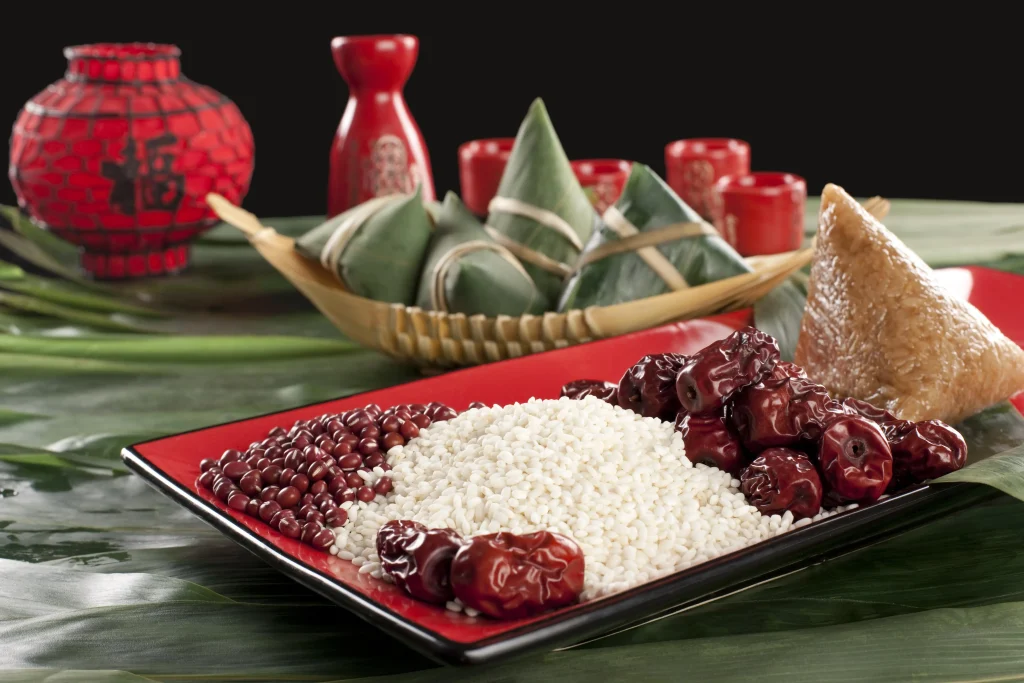
- Good food is expected during this festive occasion. The Chinese New Year cake, more popularly known as “tikoy” in Filipino is a delicacy made of glutinous rice. The stickiness of this food symbolizes how members of the family will bond together. It comes with a variety of types and flavors like pandan and ube or purple yam. These flavors are popular among both the Filipinos and Chinese in the country.
- Red remains the popular color and many Filipinos and Filipino-Chinese wear clothes in this color. Children were given red envelopes with money inside called “ang pao” as part of the celebration.
- Fireworks display and firecrackers (paputok) are common during Chinese New Year’s eve.
- Lion and Dragon dances are seen through out Chinese New Year’s Day. The dances are accompanied by drums and clashing cymbals and the performance is usually full of energy and humor. At the end of the performance, oranges were thrown to the audience and in return, a red envelope containing tip for the troupe will be pushed into the lion’s mouth.
- New Year greetings during Christmas New Year in the Philippines may either be Kung Hei Fat Choi, meaning “Happy New Year” or “Kiong Hee Huat Tsai”, when translated to English language means “Congratulations” and “Be prosperous.”
The reason for observing these traditions in the Philippines are the same why they are observed in China or in other countries.
Chinese New Year Celebrations in Other Asian Countries
Chinese New Year is being celebrated in other Asian countries. Although the festivities share some traditions, each country is unique and true to their cultural identity.
Vietnamese celebrate the Vietnamese New Year they call “Tết”. The difference in the zodiac animal is that they have Cat in place of the Rabbit and Buffalo is the counterpart of the Ox in Chinese zodiac signs. The traditional cake in Vietnam is called Bánh Chưng. As for their decorations, Peach Blossom Trees they call hoađào or a tree with yellow Mai flower called hoamai.
South Koreans call their new year as Seollal. The festival is normally celebrated wearing their traditional costume called Hanbok. They honor their ancestors by performing rites for them and gathering at the house of their oldest male relative to pay their respects. They serve their traditional food such as tteokguk, its clear soup with white sliced rice cakes symbolize starting the year with clean mind and body. Their savory pancakes called jeon are also served.
End Note
There are a lot of lessons that can be derived from the Chinese New Year celebration in a Dasmariñas, Cavite lot for sale. Establishing stronger family ties is one of them. Paying respect to family members either those who are still present or those who have already passed away is evident how strong their family ties are.


